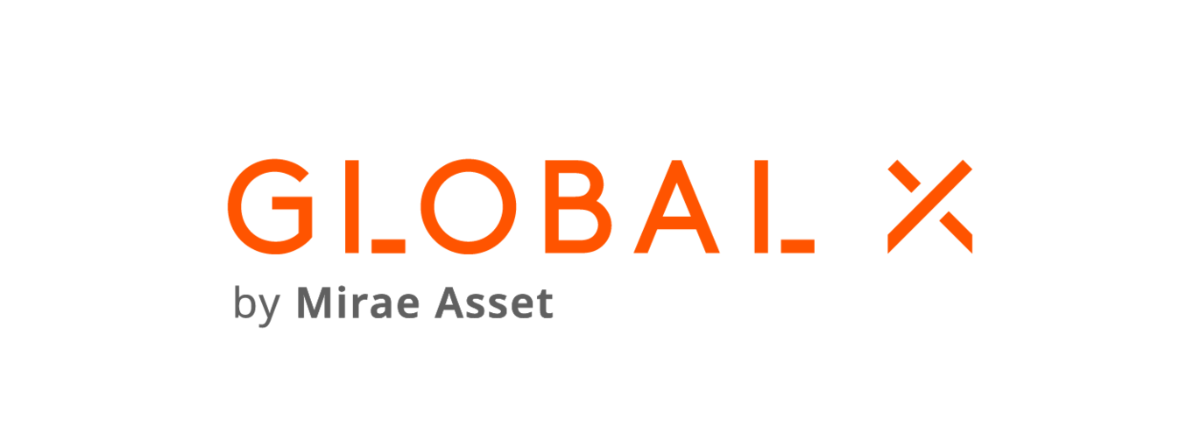As energy crisis woes mount and governments across the world U-turn on their nuclear energy reluctance, the $21m Sprott Uranium Miners UCITS ETF (URNM), rallied 15.1% over the past month, as at 22 September, almost double the performance of the next-best ETF, the $23m Global X Uranium UCITS ETF (URNU), which returned 7.7%.
Far from a flash in the pan, however, Sprott Asset Management’s URNM was also the top-performing ETF in Europe over the trailing three months, surging 21.9% to narrowly outdo the $49m First Trust Nasdaq Clean Edge Green Energy UCITS ETF (QCLN).
While ETFs can take months or even more than a year to launch – needing to go through concept phase, index construction, legal, regulatory approval and exchange listing – Europe’s uranium products debuted in perfect time to catch policymakers scramble for ways to fulfil base load energy demand outside of fossil fuels.
In Europe, France plans to spend €52bn on at least six new pressurised reactors while the UK has committed £20bn to a new atomic plant alongside one already under construction. Germany and Belgium are also reviewing their plans to phase out their existing nuclear capacity.
The role of nuclear was also discussed in REPowerEU, a €315bn policy to end EU reliance on Russian fossil fuels by 2030, which said nuclear input alongside coal and gas will be important in the interim and longer term, nuclear will be key in the production of fossil fuel free hydrogen energy.
Elsewhere, South Korea is doubling back on phasing out its nuclear capacity and Japan has plans to restart its reactors for the first time since the Fukushima disaster in 2011. Meanwhile, the largest ever US climate investment came via the $385bn Inflation Reduction Act in August, including tax credits for existing reactors – which have already prompted California to extend the life of its last nuclear plant.
URNM, in particular, has soared on these developments given it tracks the North Shore Sprott Uranium Miners index, which captures 36 companies exposed to physical uranium and uranium miners. To be included in the index, a company must have a significant part of its business in the uranium industry and a market cap of at least $40m.
Companies involved in uranium mining, exploring, developing and producing hold an 82.5% aggregate weight while a 17.5% weight is given to companies that hold physical uranium, uranium royalties or other non-mining assets.
Rebalanced semi-annually, each company in the index has a maximum weighting of 15% and the number of securities with a weighting of more than 4.7% is restricted to five to avoid concentration risk.
URNM currently has a 10.4% weighting to the Sprott Physical Uranium Trust, the world’s largest physical uranium fund, which offers exposure to uranium’s spot price.
Meanwhile, Global X’s rival URNU plays the wider nuclear value chain, including some companies that “do not derive a significant percentage of revenues” from uranium mining and refining activities. Such companies include broad mining conglomerates such as BHP and Rio Tinto, as well as engineering firms Mitsubishi Heavy and Daewoo Engineering and Construction.
Going forward, uranium investments are set for a further boon with nuclear energy expected to enter the EU taxonomy of sustainable activities via the Complementary Climate Delegated Act from 1 January 2023.
This could have a direct impact on ETFs marked as ESG, given the European Supervisory Authorities (ESA) has been asked to suggest areas for nuclear disclosure under the Sustainable Finance Disclosure Regulation (SFDR) by the end of September, which could see some nuclear subsectors included in SFDR Article 8 or 9 funds.
The shift away from nuclear being viewed as persona non grata in recent months is a stark change from 2014, when the ETFS WNA Global Nuclear Energy GO UCITS ETF (NUKE) delisted after six years due to a lack of demand.
Regardless of whether current momentum in the sector lasts, the International Energy Agency’s Net Zero by 2050 report states nuclear capacity must double in the next 30 years if climate goals are going to be achieved.
This article first appeared in ETF Insider, ETF Stream's monthly ETF magazine for professional investors in Europe. To access the full issue, click here.
Related articles





